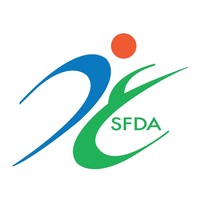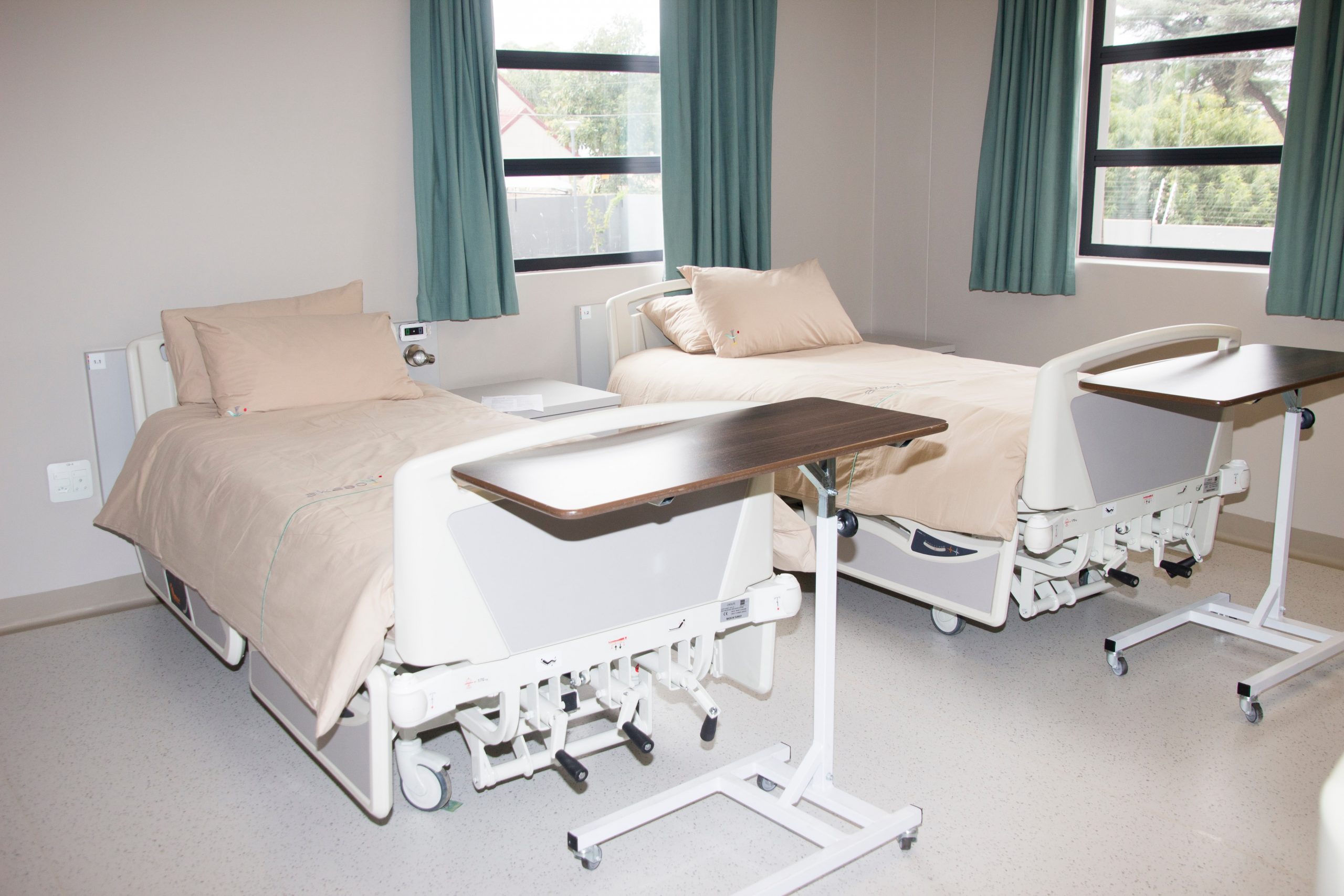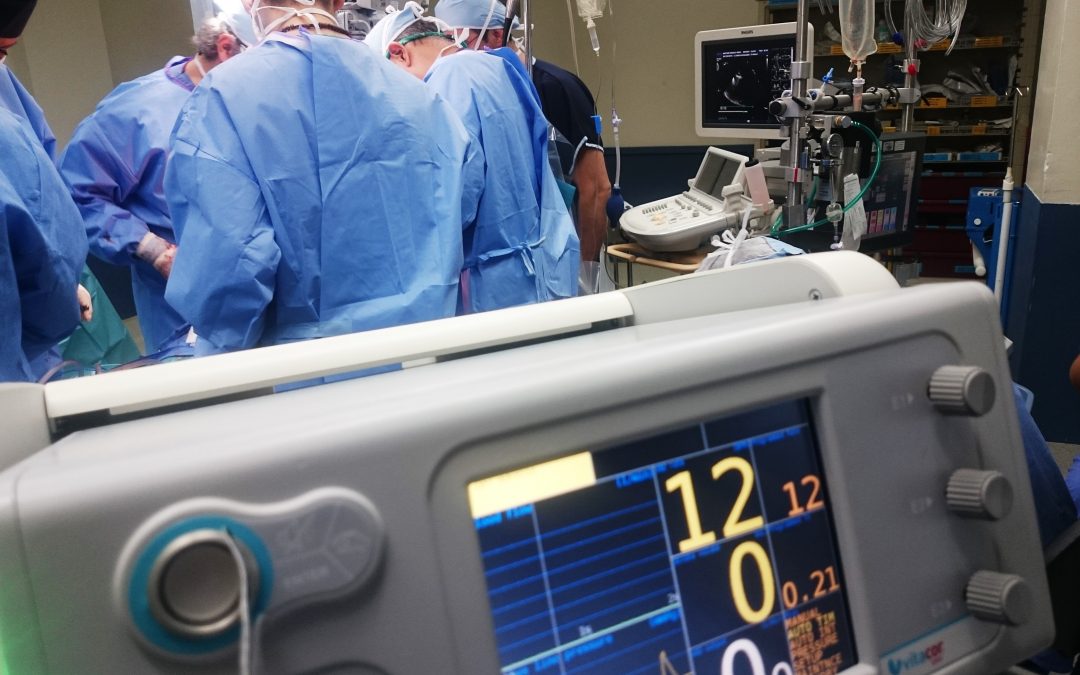The article provides an overview of the applicable regulatory requirements and highlights the key points associated thereto.

Table Of Contents:
The Saudi Food and Drug Administration (SDFA), a country’s regulating authority in the sphere of healthcare products, has published a guidance document dedicated to Point of Care (POC) medical device manufacturing. The document provides additional clarifications regarding the applicable regulatory requirements, as well as recommendations to be considered by medical device manufacturers and other parties involved in operations with medical devices. In particular, the guidance is addressed to healthcare institutions intended to manufacture medical devices to meet their internal needs, while the devices will be manufactured on a non-industrial scale in terms of volumes and methods applies. According to the guidance, recommendations provided therein are applicable with respect to:
- Manufacturing of medical devices using 3D printer inside a healthcare facility;
- Manufacturing according to the Medical Device Production System (MDPS);
- In-House IVD [in vitro diagnostic devices];
- All medical devices modified or developed within healthcare facility.
It is also important to mention that the recommendations provided in the guidance are non-binding in their nature, nor are intended to introduce new rules or impose new obligations. The authority also reserves the right to make changes to the guidance, should such changes be reasonably necessary to reflect corresponding changes to the underlying regulations.
Regulatory Background
The policy described in the guidance is based on the current regulatory framework including, inter alia, the “Medical Devices Law” issued by the Royal Decree No. (M/54) dated 6/7/14442 H. In accordance with the provisions of the said regulation, any and all medical devices intended to be marketed and used in the country should be subject to prior registration and marketing authorization, unless they are subject to an exemption, provided they are safe when used for the intended purpose. The regulation also establishes that:
- The authority will undertake continuous monitoring in order to ensure any and all products placed on the market are compliant with the applicable safety- and performance-related requirements;
- The parties involved in operations with medical devices are obliged to notify the authority about incidents and adverse events associated with medical devices they are responsible for, provided such incidents meet the reporting criteria.
The document also contains references to the “Implementing Regulation of Medical Devices Law” issued by the Saudi Food and Drug Authority Board of Directors decree No. (3-29-1443) dated 19/2/1443H. The said regulation provides the following:
- Certain medical devices could be exempted from marketing authorization which, under the general rule, is mandatory for any and all medical devices intended to be marketed and used in the country, provided the safety of such devices has been duly verified as prescribed by the respective rules;
- All the parties involved in operations with medical devices are obliged to comply with the rules and requirements in terms of post-market surveillance and reporting according to which the information and documentation related to the incident and medical device in question should be provided to the authority.
Requirements & Procedures
The document further outlines specific requirements to be followed for the exemption described in the guidance to be applicable. According to the guidance, the two main general requirements are:
- Providing a Justification for Manufacturing at the POC rather than purchasing medical devices available in the market. Such a justification shall clearly include patients’ specific needs, lead-time, accessibility, costs, or flexibility on the medical device’s design.
- Manufacturing medical devices inside the healthcare facility for their own use and not transferring them to another facility.
It is further stated that the manufacturing process itself should be compliant with the requirements set forth by the Medical Devices Quality Management System (ISO 13485).
As explained by the authority, a healthcare facility involved in manufacturing in-house medical devices should be able to provide, once requested, a set of documentation related to the device itself and the manufacturing process, including:
- Details of the healthcare institution, including its name and address;
- Details allowing to identify the device being manufactured;
- Information about a specific entity and staff responsible for the manufacturing process;
- Confirmation of the approval by the senior management of the facility;
- Examples of the labeling used for the medical device in question, as well as the patient identifier and the expiration date – if applicable;
- Details about the manufacturing process;
- Documentation and records related to the qualification and training of the personnel involved;
- Data related to the design and performance of a medical device;
- Details regarding the sterilization process applied, as well as the respective standards (if applicable);
- Details about biocompatibility studies conducted (if applicable);
- Other documentation and information related to the medical device in terms of its safety and quality.
Apart from this, there is an obligation to develop and implement an efficient post-market surveillance system ensuring the incidents associated with the device are duly identified, investigated, and reported, and all the devices are tracked throughout the whole period of the intended life. If necessary, corrective and preventive actions should be taken in order to ensure the public health protection and safety of patients. With respect to post-market surveillance, the authority refers to a separate guidance issued earlier by the SFDA.

Specific Requirements
The document also outlines the requirements to be applied with respect to specific categories of the products including, inter alia, the ones manufactured with the use of 3D printing technology. In this respect, the authority emphasizes the following:
- All the materials used should be of medical-grade and be duly validated by the supplier;
- The software used to manage the process of 3D printing should hold a valid Medical Device Marketing Authorisation (MDMA);
- The information regarding 3D printers used should be duly documented.
In summary, the guidance outlines the key aspects to be considered with respect to in-house medical devices manufactured by healthcare facilities and used by the latter for their internal purposes. The document provides an overview of the regulatory policy and also describes in detail the applicable regulatory requirements.
How Can RegDesk Help?
RegDesk is a holistic Regulatory Information Management System that provides medical device and pharma companies with regulatory intelligence for over 120 markets worldwide. It can help you prepare and publish global applications, manage standards, run change assessments, and obtain real-time alerts on regulatory changes through a centralized platform. Our clients also have access to our network of over 4000 compliance experts worldwide to obtain verification on critical questions. Global expansion has never been this simple.

